Resources
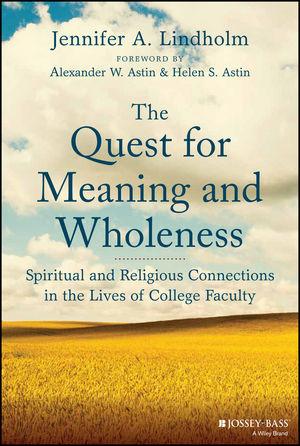
Click Here for Book Review Abstract: If institutions are to create campus environments that provide welcoming and engaging contexts for personal and professional development of students, faculty, administrators, and staff, all members of campus communities must be willing to look closely not just at what they do (or do not do) on a daily basis, but also why. This book offers an analysis of how faculty perceive intersections between spirituality and higher education, and what implications their spiritual inclinations have, not only for undergraduate education, but also for faculty life within academic workplaces. The Quest for Meaning and Wholeness draws on the 2012 Faculty Beliefs and Values Survey of just over 8,500 faculty employed at a range of institutions, and features faculty voices to answer the “So what?” question about why administration, faculty developers, and researchers should care about the spiritual and religious lives of faculty. (From the Publisher)
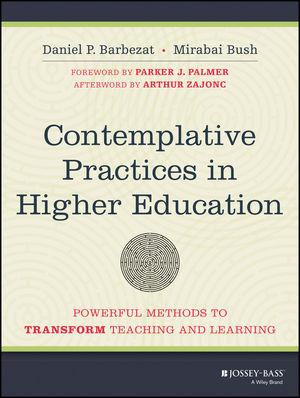
Click Here for Book Review Abstract: Contemplative pedagogy is a way for instructors to: - empower students to integrate their own experience into the theoretical material they are being taught in order to deepen their understanding; - help students to develop sophisticated problem-solving skills; - support students’ sense of connection to and compassion for others; and - engender inquiries into students’ most profound questions. Contemplative practices are used in just about every discipline—from physics to economics to history—and are found in every type of institution. Each year more and more faculty, education reformers, and leaders of teaching and learning centers seek out best practices in contemplative teaching, and now can find them here, brought to you by two of the foremost leaders and innovators on the subject. This book presents background information and ideas for the practical application of contemplative practices across the academic curriculum from the physical sciences to the humanities and arts. Examples of contemplative techniques included in the book are mindfulness, meditation, yoga, deep listening, contemplative reading and writing, and pilgrimage, including site visits and field trips. (From the Publisher)
Offers a view on teaching Islam. Reason instructors do not look to Muslim scholarship; Role of the instructor in the modern university; Impact of the September 11, 2001 terrorist attack on teaching the religion.
A website for the seven-year study conducted by the Higher Education Research Institute (HERI) at UCLA examining the role that college plays in facilitating the development of students' spiritual qualities.
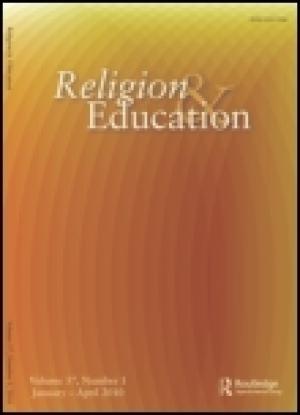
Journal Issue.
What happens when a class assignment becomes a source of controversy? How do we respond? What do we learn? By describing the controversy surrounding an assignment on religion and representation, this article examines conflict’s productive role in teaching about New Religious Movements (NRMs) and religion. It suggests that we consider how our personal and institutional dispositions toward conflict influence our pedagogies. Moreover, it urges us to consider how teaching conflicts within and/or between disciplines can enhance our learning objectives and stimulate students’ ability to think critically.
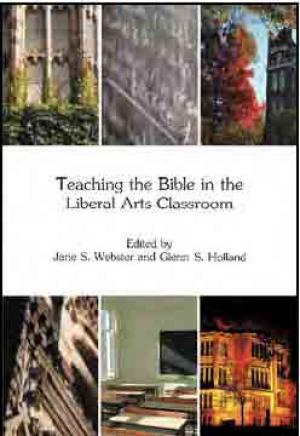
Teaching biblical studies in the undergraduate liberal arts classroom poses many challenges. Do biblical studies deserve a place at a secular liberal arts college? In church-affiliated colleges, should courses in Bible toe the denominational line? Can we claim that biblical studies advance the goals of liberal education, whatever we might think they are? On a more practical level, how can an instructor engage the attention of students who are taking a course in biblical studies only to fulfill a requirement? How best to begin with students from non-religious backgrounds who begin a course with no real knowledge of the Bible at all? How best to deal with students who already think they know what the Bible is all about, and resist any ideas or approaches that might threaten their ideas? This collection of pedagogical essays reflects the practical experience of instructors who have spent years teaching biblical studies successfully to undergraduates at liberal arts colleges. The essays address both methodological approaches and specific classroom strategies for teaching biblical studies effectively in a way that advances the skills of thinking and expression that are essential to a liberal arts education. The product of several years of conversation among working professors from an array of liberal arts colleges, these essays offer insights and inspiration for biblical studies instructors who work in a very specific and demanding academic environment. (From the Publisher)
It is a commonplace that scholarship and teaching inform one another. Minimally, this means that the materials of research guide the formation of a syllabus. In courses that are introductory, however, teachers are called to reflect on the foundations of their scholarship. In this task, teaching serves to unsettle and provoke research, not only in the decision of what books to teach, but also in the course's argument. I propose that this argument be directed not toward a field in some ideal shape but toward the more elementary concepts of course, canon, and introduction themselves, since teaching an introductory course is perforce to consider the very nature of introduction. The three concepts of introduction, canon, and course are integral to thinking across the arts and sciences, nowhere more so than in the study of religion, where the work of Jonathan Z. Smith has tunneled, if only partially, into their paradoxes.
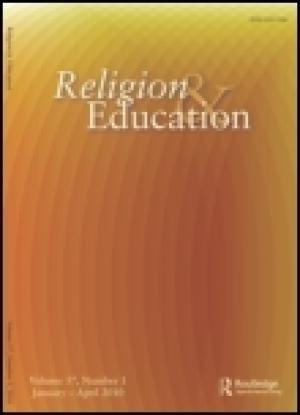
Journal Issue.
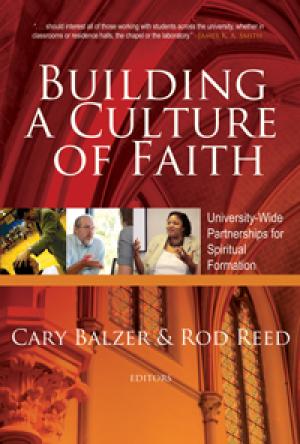
A groundbreaking work on holistic spiritual formation in Christian higher education. Contemporary Christian universities claim that students grow spiritually while enrolled, yet very little work has been done exploring the influences of various parts of the university on student spiritual formation, especially, but not limited to, the impact of faculty. Building a Culture of Faith addresses the unique role faculty and others play in student spiritual formation, including historical and contemporary approaches; sets out a framework for understanding spiritual formation as it is practiced in the Christian university; and provides practical models for the roles the university plays in the spiritual formation of students. (From the Publisher)